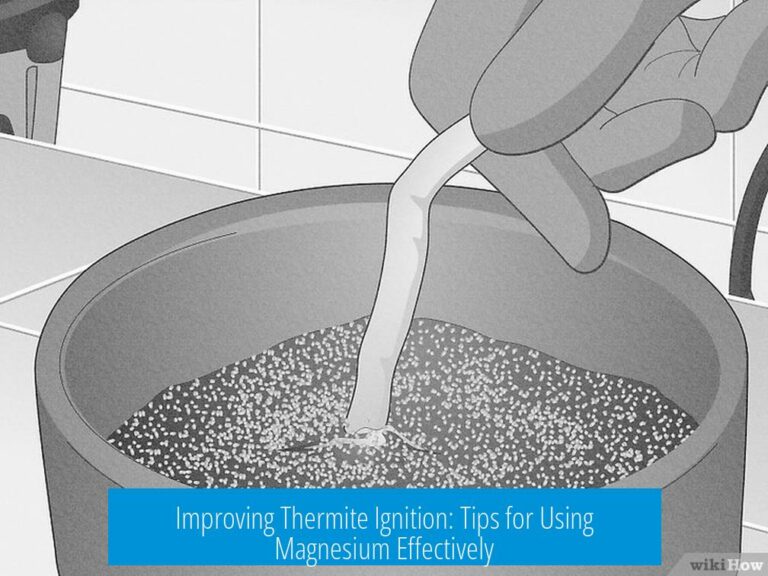How Adding a Base Converts OMs to an Epoxide-Like Ring

Adding a base to a molecule containing OMs (mesylate) leads to the formation of an epoxide-like ring through an intramolecular nucleophilic substitution. The base deprotonates a nucleophile within the molecule, often an alcohol or ester oxygen, enabling it to attack the carbon bearing the OMs group. This attack displaces OMs, a good leaving group, and forms a cyclic ether ring via an intramolecular SN2 reaction, similar to a Williamson ether synthesis but resulting in ring closure.
OMs as a Good Leaving Group
OMs (methanesulfonate) works well as a leaving group because it stabilizes the negative charge after departure. This ability primes the carbon attached to OMs for nucleophilic attack. In typical organic reactions, mesylates promote SN2 substitutions where a nucleophile replaces OMs easily.
Role of the Base in Ring Formation
The base removes a proton from a nearby nucleophile, typically an alcohol or ester oxygen within the same molecule. This creates a charged nucleophile capable of attacking the electrophilic carbon attached to OMs.
- The nucleophile attacks intramolecularly, favoring the formation of a ring.
- This results in displacement of the OMs, which leaves the molecule.
- The ring formed is a cyclic ether, resembling an epoxide but potentially larger or differently substituted.
This mechanism resembles a Williamson ether synthesis, where an alkoxide attacks an alkyl halide to form ethers. Here, the intramolecular nature increases reaction efficiency and favors ring closure.
Why This Happens Intramolecularly
Intramolecular reactions are favored when the nucleophile and electrophilic site are in the same molecule and properly oriented. This arrangement increases reaction speed and selectivity for ring formation over intermolecular substitution.
| Step | Process |
|---|---|
| 1 | Base deprotonates the nearby oxygen nucleophile |
| 2 | Activated nucleophile attacks carbon with OMs |
| 3 | OMs leaves as a good leaving group |
| 4 | Cyclic ether (epoxide-like) ring forms |
Practical Takeaways
- OMs groups serve as excellent leaving groups, facilitating nucleophilic displacement.
- A base generates the nucleophile by removing a proton from a nearby oxygen.
- The reaction is intramolecular, resulting in ring closure instead of just substitution.
- This process mirrors Williamson ether synthesis but leads to cyclic ether (epoxide-like) formation.
How does adding a base convert OMs into an epoxide-like ring?
The base removes a proton from a nearby oxygen, creating a nucleophile. This nucleophile attacks the carbon bonded to OMs, causing OMs to leave. This intramolecular SN2 reaction forms the three-membered epoxide ring.
Why is OMs considered a good leaving group in this reaction?
OMs is stable when it leaves due to resonance and its sulfonate structure. This makes it easier for the nucleophile to displace OMs during the ring-closing step.
Is this reaction similar to Williamson ether synthesis?
Yes, it is essentially an intramolecular Williamson ether synthesis. The base-generated nucleophile attacks an alkyl carbon bearing OMs, resulting in ring formation analogous to ether formation.
Why does the ring formation happen intramolecularly rather than intermolecularly?
The nucleophile and leaving group are on the same molecule. This proximity favors a fast, intramolecular attack instead of reaction with other molecules.
What role does the base specifically play here?
The base deprotonates the oxygen atom next to OMs. This activates the oxygen as a nucleophile ready to attack and helps drive the cyclization to epoxide.





Leave a Comment